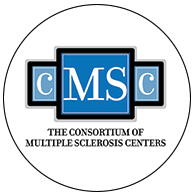Young multiple sclerosis (MS) patients who engage in physical activity can relieve symptoms of depression, concludes a Canadian study supported by the National Multiple Sclerosis Society.
Researchers presented their study, “Longitudinal Relationships Between Moderate and Vigorous Physical Activity, Fatigue, and Depression in Pediatric Multiple Sclerosis,” at the 2017 Annual Meeting of the Consortium of Multiple Sclerosis Centers (CMSC), held May 24-27 in New Orleans.
In children with demyelinating disorders, evidence suggests that more physical activity leads to less fatigue and depression. To test this link, researchers performed a longitudinal study to examined the link between moderate/vigorous physical activity (MVPA), fatigue and depression in young patients with MS and monophasic demyelinating conditions (mono-ADS). A longitudinal study is based on repeated observations of the same variables over long periods of time.
Canada has the world’s highest incidence of MS, with a reported 291 cases per 100,000 people, according to the Multiple Sclerosis International Federation, followed by Denmark (227), Sweden (189), Hungary (176), Cyprus (175) and the U.K. (164). Nearly 100,000 of Canada’s 36 million inhabitants have the disease, which is nine times the global average.
Researchers collected data from questionnaires on fatigue, depression and physical activity from 180 patients treated at the Pediatric MS and Neuroinflammatory Disorders Clinic at Toronto’s Hospital for Sick Children. Of the total, 49 had MS and 131 had mono-ADS. Using patients’ answers, researchers calculated their self-reported levels of physical activity. The team also investigated depression levels in order to test the effect of clinically significant depression on fatigue.
Researchers observed a correlation between increased fatigue and age at onset in both mono-ADS and MS. Also, fatigue increased with disease duration in both groups of patients analyzed.
“Over time, youth who reported clinically significant depression at any time point had increased fatigue, in comparison to non-depressed youth,” researchers wrote, adding that young MS patients showed higher depression scores than those with mono-ADS.
“In youth with MS, the effect of MVPA on fatigue appeared to be mediated by depression,” the team concluded. “Small increases in MVPA…were associated with improvements in depression in youth with MS through time, which may, in turn, contribute to reduced fatigue. Our results may serve as the backdrop for planning future interventions to improve outcomes in youth with MS.”








